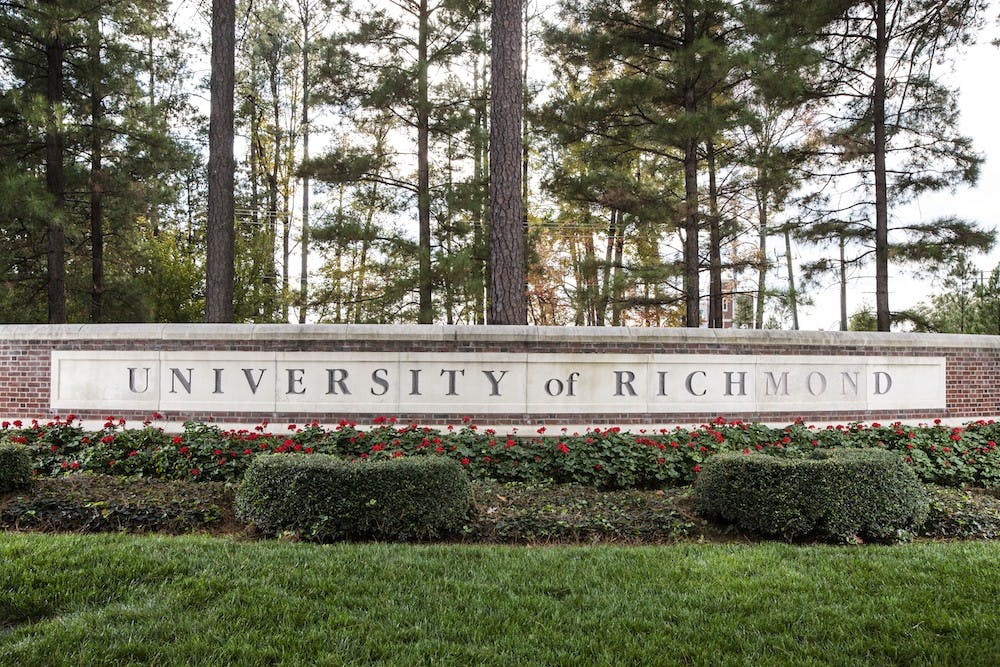More than one third of 2008’s entering college freshmen have transferred schools at least once, according to a study released in July by the National Student Clearinghouse Research Center, yet fewer students transfer out of Richmond.
“When considering the rate of first-year students who come back for their sophomore year, the University of Richmond has a very high one-year retention rate of 94 percent, far above the national average,” said Nate Crozier, director of admissions.
According to the study, most students transfer during their sophomore year. Many of the transfers were between community colleges and four-year schools, including students at four-year colleges who transferred to community colleges for the summer, according the Associated Press.
Students transfer for a multitude of reasons, but it raises the question of how colleges can help prevent students from transferring, and how they can help the new transfer students feel comfortable in their new environment.
Joe Boehman, Richmond College dean, said that the students who transfer from Richmond typically leave either to pursue a newly found major interest not offered at Richmond, or to try a larger school environment.
Richmond students interested in transferring are advised to have a meeting discussing the student’s reasons for relocating. If the issues cannot be resolved, then a form is signed authorizing the transfer.
“The ball is in the student’s court to complete the college application and to fill out the withdraw form,” Boehman said.
Richmond accepts about 25 to 50 transfers students each year, depending on the number who transferred out the year before, Boehman said.
Stephanie Ellicott, a sophomore transfer student, said she chose to attend Richmond because of the prestigious E. Claiborne Robins School of Busines. “I’ve always heard great things about Richmond,” Ellicott said. “It has a small school feel with big school opportunities.”
Boehman said that Richmond makes sure transfer students feel at home, and they tend to adapt well to the university. “Students do get fairly involved with campus life, and they tend to throw themselves into student organizations,” Boehman said.
Transfer students have their own type of orientation, where they are grouped together with orientation advisors who are also transfer students.
“If we had any ‘transfer’ sort of questions we could just ask them,” Ellicott said. “They didn’t make us do all the kind of intro-to-college things that the freshmen had to do because, we obviously had already done that at our previous schools.”
Enjoy what you're reading?
Signup for our newsletter
Contact reporter Stephanie Hagan at stephanie.hagan@richmond.edu
Support independent student media
You can make a tax-deductible donation by clicking the button below, which takes you to our secure PayPal account. The page is set up to receive contributions in whatever amount you designate. We look forward to using the money we raise to further our mission of providing honest and accurate information to students, faculty, staff, alumni and others in the general public.
Donate Now



